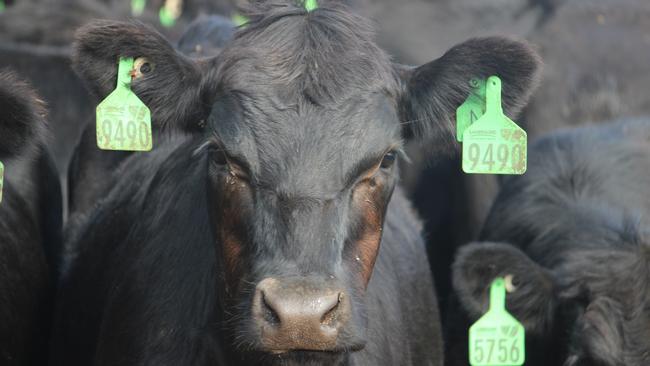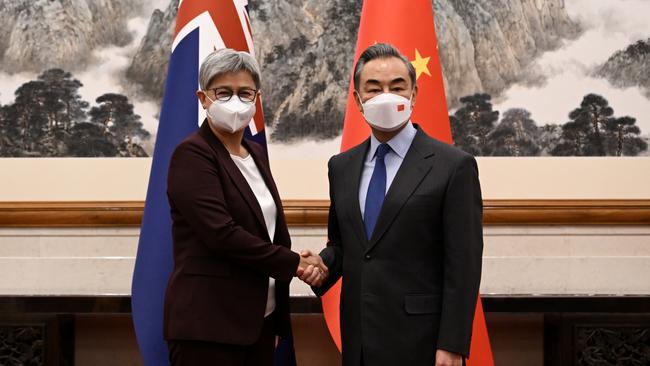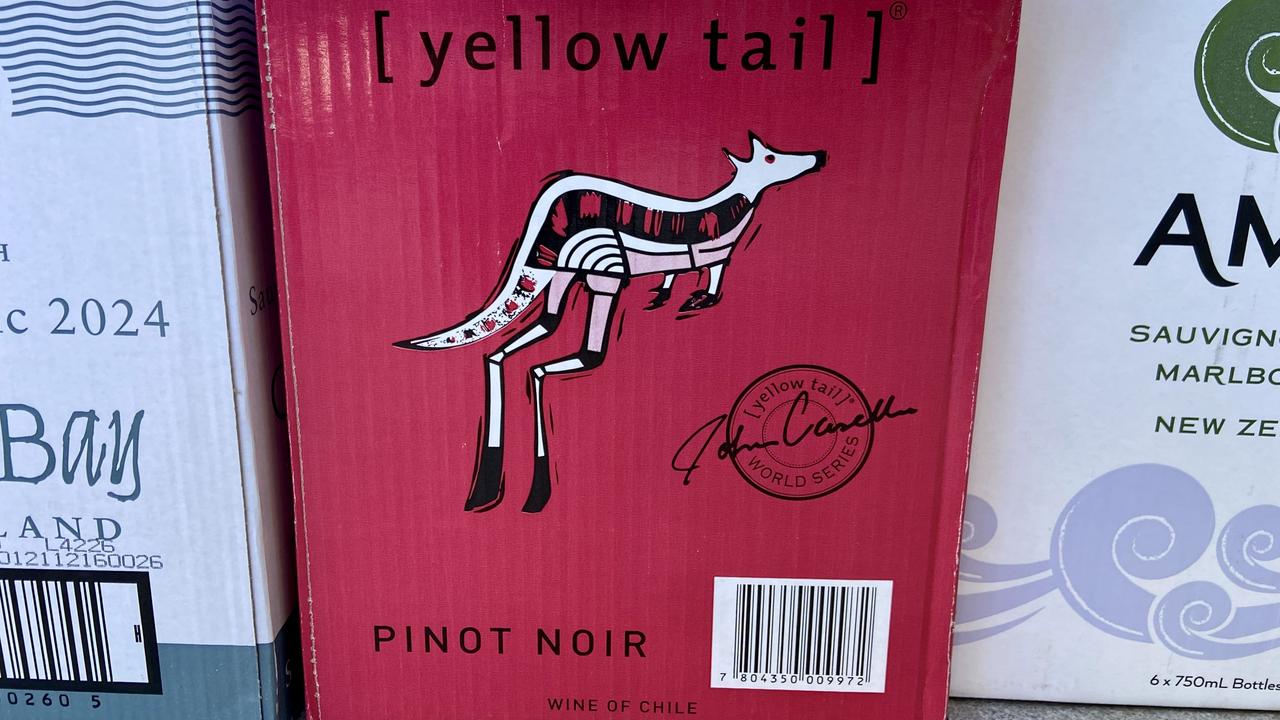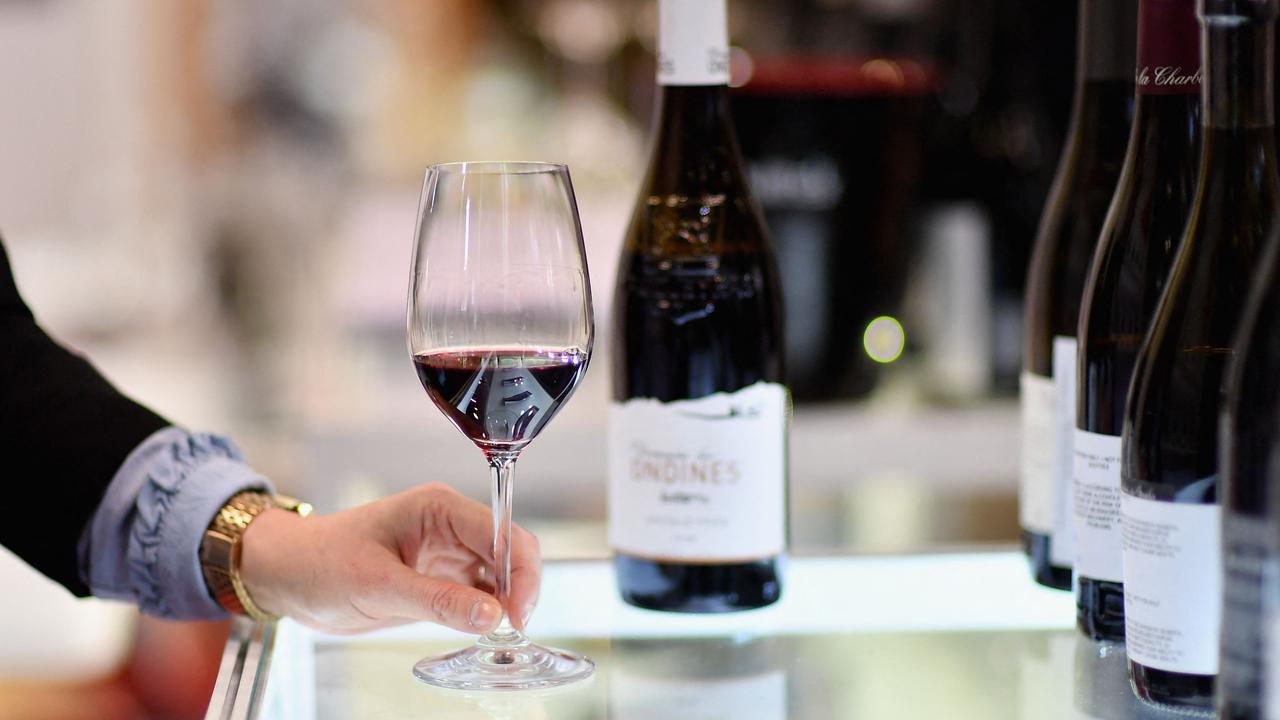Meat industry ready to re-engage with Beijing in a move to overturn export bans
The meat industry wants dialogue with Chinese authorities to resume the $4bn export trade, the Australian Meat Industry Council says.

The meat industry is willing to engage with Chinese authorities to resume the full potential of an export trade once worth almost $4bn, according to Australian Meat Industry Council chief executive Patrick Hutchinson.
Australia’s meat exports to China were hit by bans on nine abattoirs licensed to process beef and sheep for the Chinese market – imposed from March 2020 through to August last year for “technical reasons”, including Covid-19 and labelling.
While the export trade with China has continued through other outlets, it is now down to $2.9bn a year.
The industry is closely watching the implications of Australia’s improving political ties with China, including Wednesday’s visit to Beijing by Foreign Minister Penny Wong, who met her counterpart Wang Yi in the first visit to China by an Australian foreign minister since 2018.
Mr Hutchinson said the meat industry was prepared to do whatever was needed to re-engage with Chinese authorities to resume the trade.
“We are prepared for any eventuality and for any scenario which comes which would see us getting back to full capacity for the Chinese market,” he said. “We want to get back to where we were in 2019.”

Progressive bans on Australian abattoirs were seen as part of China’s non-tariff trade actions against Australia in the wake of deteriorating political relations under the former Scott Morrison-led federal government.
At its height in 2019, red meat exports from Australia were worth $3.9bn in that year – made up of $2.7bn worth of beef and $1.23bn worth of sheep meat.
Exports of red meat in the 2022 financial year came to $2.94bn, made up of $1.9bn in beef and $1.04bn in sheep meat.
Chinese authorities have effectively black-listed seven beef processing facilities and two sheep meat processing facilities.
“We are prepared as and when there is a change,” Mr Hutchinson said. “If a change occurs, the government, the industry and those facilities will be ready to potentially be re-audited or whatever the process will be.

“We have prepared for a number of scenarios.”
But Mr Hutchinson said at this stage there was no sign from Chinese Customs officials that they would be changing their stance.
He said the market share that Australia had lost as a result of the bans on the processing plants had been taken over by US suppliers.
But he said the US industry was now suffering from a severe drought, which was forcing beef producers to cut back their stocks.
Mr Hutchinson said New Zealand was sending more beef to China than Australia because of the bans on Australian facilities.
The meat industry was actively looking at other markets, which could be assisted by new free-trade agreements currently being negotiated.
Lamb and mutton are expected to be big beneficiary of both the UK free-trade agreement and the proposed Australia-India FTA.
“Sheep meat is the number one commodity which has been recognised in the Australia-India FTA,” Mr Hutchinson said. “There are a lot of green shoots out there.”
He said he hoped exports to China would come back to “full tote odds” seen in 2019.
But Australia’s meat export potential is also hampered by a shortage of labour.
“We want an enhanced immigration program for the industry,” Mr Hutchinson said.
He said the meat industry was in a very different position than the wine and barley industries that had been hit by tariffs from China.
Australian meat producers were still selling to China, “but we are not at full capacity in the market”.
Australia is exporting a million tonnes of beef a year globally, with Japan as the major buyer. Mr Hutchinson said the Chinese market was potentially very valuable for both beef and sheep meat.
He said the UK FTA only provided for the sale of 35,000 tonnes of beef, but it provided the opportunity to open up another market for higher-value cuts of Australian meat.



